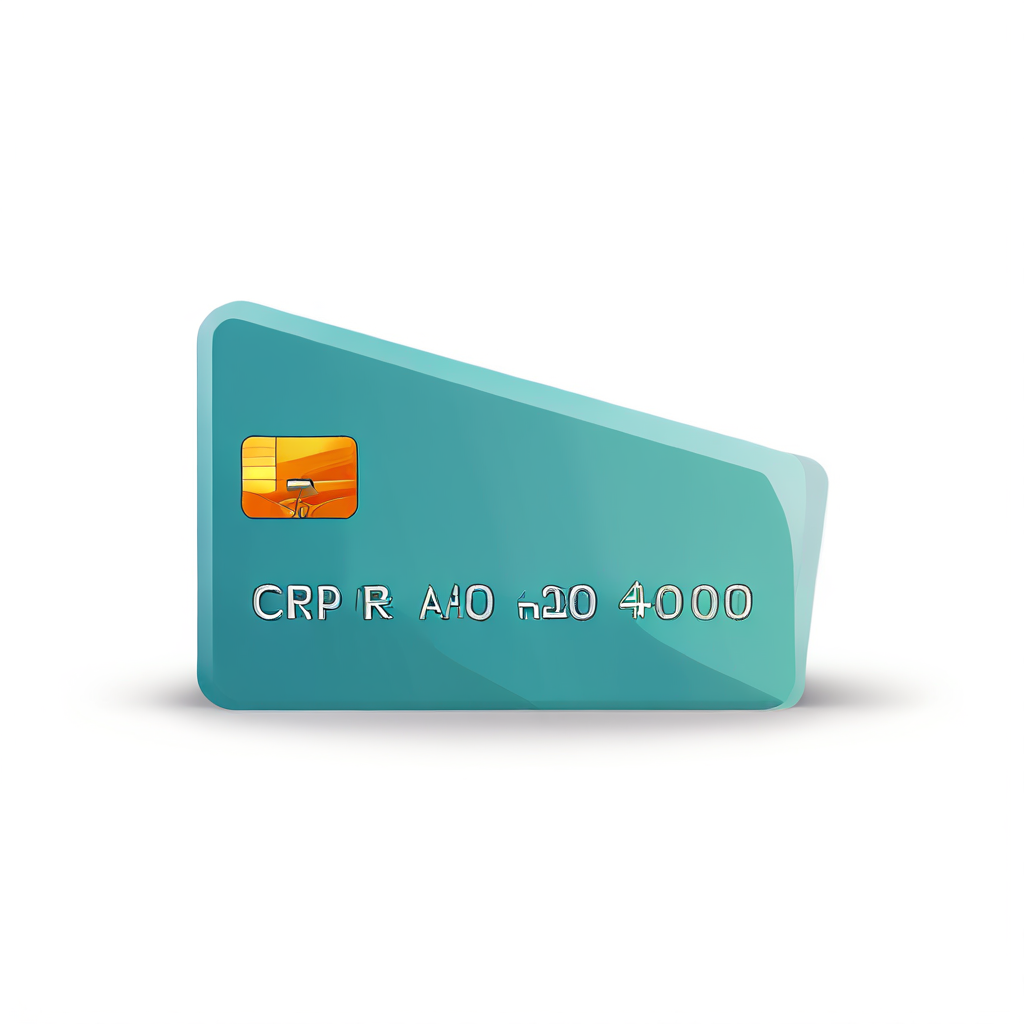Understanding Credit Card APR: What You Need to Know
Introduction
When it comes to credit cards, one of the most important factors that affect your finances is the Annual Percentage Rate (APR). APR determines how much interest you’ll pay if you carry a balance on your card, making it a key aspect of managing your credit wisely. However, many people misunderstand how APR works, leading to unexpected costs and growing debt. In this article, we’ll break down what APR is, how it’s calculated, and how you can minimize its impact on your financial health.
Fixed vs. Variable APR: What’s the Difference?
Explanation of Fixed APR and When It Can Change
A fixed APR remains the same over time, meaning the interest rate on a credit card does not fluctuate based on market conditions. This makes fixed APRs more predictable for cardholders, as they know exactly how much interest they will be charged if they carry a balance.
However, despite the name, fixed APRs are not set in stone. Credit card issuers can still change the rate under certain conditions, such as:
- Missed or late payments – If a cardholder fails to make payments on time, the issuer may increase the APR to a higher penalty rate.
- Changes in the card agreement – Credit card companies can revise terms, including interest rates, but they are required to provide advance notice (typically 45 days) before implementing a change.
- Expiration of a promotional rate – Some fixed APR credit cards come with an introductory rate, such as 0% for the first 12 months. Once this period ends, the APR may increase to a standard fixed rate.
Fixed APRs are less common than variable APRs, as most credit card issuers prefer interest rates that adjust with market fluctuations. However, some credit unions and specialty lenders still offer fixed-rate credit cards, which can be beneficial for those who want consistency in their borrowing costs.
Explanation of Variable APR and How It Is Tied to Market Rates
A variable APR fluctuates over time based on changes in a benchmark interest rate, typically the prime rate. The prime rate is influenced by the federal funds rate, which is set by the Federal Reserve. When the prime rate rises or falls, variable APRs adjust accordingly.
Variable APRs are calculated using:
Prime Rate + Issuer’s Margin = Variable APR
For example, if the prime rate is 6% and the issuer’s margin is 14%, the total APR would be 20%. If the prime rate increases to 7%, the cardholder’s APR would also increase to 21%.
Since variable APRs can change at any time, borrowing costs may fluctuate, making it harder for consumers to predict how much interest they will owe. However, most credit card agreements outline how frequently the APR can change and under what conditions.
Pros and Cons of Each Type
Both fixed and variable APRs have their advantages and drawbacks. Choosing between them depends on an individual’s financial habits and risk tolerance.
Pros and Cons of Fixed APR
✔ Predictable payments – Cardholders always know their interest rate, making budgeting easier.
✔ Less impact from market changes – Even if the prime rate rises, a fixed APR remains unchanged.
✔ Better for long-term debt – If carrying a balance, a fixed APR prevents sudden interest rate hikes.
❌ Less flexibility – Fixed APRs tend to be slightly higher than initial variable APRs.
❌ Can still increase – Issuers can change rates under certain conditions, such as missed payments.
❌ Fewer options – Fixed-rate credit cards are less common than variable-rate cards.
Pros and Cons of Variable APR
✔ Potential for lower rates – If the prime rate drops, cardholders may benefit from lower interest rates.
✔ More options available – Most credit cards use variable APRs, offering more choices for consumers.
✔ Better for short-term use – If a balance is paid off quickly, a lower variable APR can save money.
❌ Unpredictable interest rates – When the prime rate rises, borrowing costs increase.
❌ Difficult to budget for – The APR can change unexpectedly, making long-term financial planning harder.
❌ Risk of high-interest debt – If rates rise significantly, carrying a balance can become costly.
Which One is Better?
The best choice depends on how a person uses their credit card:
- For those who carry a balance – A fixed APR may be preferable since it provides stability and protects against rising interest rates.
- For those who pay off their balance monthly – A variable APR may not matter as much, especially if the card offers a lower initial rate or rewards.
Understanding the difference between fixed and variable APRs can help consumers make informed decisions, minimize interest costs, and manage credit wisely.
The Impact of APR on Your Credit Card Debt
How a High APR Can Lead to Growing Debt
A high APR can make credit card debt more expensive and harder to pay off over time. Since credit card interest compounds daily, even a small increase in APR can lead to significant interest charges if a balance is carried from month to month.
Here’s why a high APR can be problematic:
- More of your payment goes toward interest – When you make a payment, a portion covers interest first before reducing the principal balance. A high APR means more of your money goes to interest rather than paying down the actual debt.
- Debt snowball effect – If you only make the minimum payment, interest continues to accumulate, making it difficult to reduce the balance. This can create a cycle of debt where you owe more over time, even if you stop using the card.
- Reduced borrowing power – Carrying a large balance due to high APR charges can increase your credit utilization ratio (the percentage of available credit you’re using). A high utilization ratio can lower your credit score, making it harder to qualify for lower-interest credit in the future.
Credit card companies set APRs based on creditworthiness, but even responsible borrowers can get stuck with high-interest debt if they carry a balance.
Examples of How Minimum Payments Affect Interest Accumulation
Making only the minimum payment may seem manageable, but it can lead to years of repayment and excessive interest costs.
Example 1: Paying the Minimum vs. Paying More
Imagine you have a $5,000 balance on a credit card with a 20% APR, and your minimum payment is $100 per month.
- If you only pay the minimum, it will take more than 30 years to pay off the balance, and you’ll end up paying over $14,000 in total due to interest.
- If you increase your monthly payment to $250, you could pay off the balance in about 2 years, with only $1,100 in interest costs.
This example shows how paying more than the minimum can save thousands of dollars and help you become debt-free faster.
Example 2: The Cost of Carrying a Balance
Let’s say you charge $1,000 to a credit card with a 25% APR and don’t pay it off immediately. If you only make the minimum payment, interest will keep accumulating:
- After one year, you could owe about $250 in interest.
- After three years, your debt could grow to $1,800 due to compounding interest.
Carrying a balance with a high APR can make small purchases much more expensive in the long run.
Strategies to Reduce Interest Payments
Reducing the impact of APR on your credit card debt requires a proactive approach. Here are some effective strategies:
1. Pay More Than the Minimum
The best way to reduce interest costs is to pay off your balance in full each month. If that’s not possible, try to pay as much as you can above the minimum payment to reduce the principal faster.
2. Use a Balance Transfer Card
If you have high-interest debt, consider a balance transfer credit card with a 0% APR promotional period (often 12-18 months). This allows you to pay down your balance without accumulating additional interest.
3. Request a Lower APR
Some credit card issuers may lower your APR if you have a good payment history. Calling your issuer and negotiating a lower rate can help reduce interest charges.
4. Focus on High-Interest Debt First
Use the debt avalanche method by prioritizing payments on the card with the highest APR while making minimum payments on others. This reduces overall interest costs faster.
5. Consider a Debt Consolidation Loan
A personal loan with a lower interest rate can help consolidate multiple credit card balances into a single, more manageable payment with a fixed APR.
6. Avoid Cash Advances
Cash advances often come with extremely high APRs and no grace period. Avoid using this feature unless absolutely necessary.
FAQs
Q: What is APR on a credit card?
A: APR (Annual Percentage Rate) is the cost of borrowing money on your credit card. It represents the interest rate you’ll pay if you carry a balance beyond the due date.
Q: How is APR different from the interest rate?
A: APR includes not just the interest rate but also any fees associated with borrowing, making it a more accurate measure of the total cost of credit.
Q: How can I avoid paying APR?
A: You can avoid paying APR by paying off your credit card balance in full every month before the due date.
Q: What is a good APR for a credit card?
A: A good APR depends on your credit score. Lower APRs (below 15%) are ideal, while higher ones (above 20%) can be costly if you carry a balance.
Q: How does APR affect my credit card payments?
A: If you don’t pay off your full balance, the remaining amount accrues interest based on your APR, increasing the total amount you owe over time.
Q: Can my credit card APR change?
A: Yes, credit card issuers can change your APR based on market conditions, late payments, or promotional rates expiring. Always check your card’s terms for details.
Conclusion
Understanding credit card APR is essential for making informed financial decisions and avoiding costly debt. By knowing how APR is calculated, the different types of APR, and strategies to minimize interest charges, you can take control of your credit and reduce unnecessary expenses. Whether you’re looking for a low-APR card, taking advantage of promotional offers, or negotiating better rates, being proactive can help you save money in the long run. Take the time to review your credit card terms and make smart choices to keep your finances on track.






